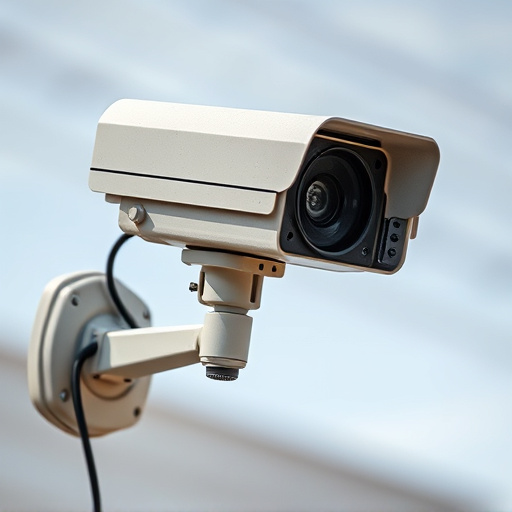Mounting dummy security cameras under eaves offers a cost-effective DIY solution for homeowners to enhance security and deter intruders. Strategically placed in natural shadows, these realistic cameras capture hard-to-reach entry points and blend with architecture. High-quality materials simulate wiring for added believability, making it challenging for potential thieves to identify and disable the system.
“Enhance your home security with a strategic upgrade: dummy security cameras. This comprehensive guide explores the benefits of integrating these realistic yet passive devices into your property’s landscape. Specifically, we delve into the advantages of mounting them under eaves, creating a convincing visual deterrent. Learn how to simulate wiring for an authentic appearance and discover best practices to maximize their effectiveness in protecting your home without breaking the bank.”
- Understanding Dummy Cameras for Home Security
- Benefits of Mounting Under Eaves
- Simulating Wiring for Realistic Appearance
- Best Practices for Effective Deterrence
Understanding Dummy Cameras for Home Security
Dummy security cameras, also known as fake or mockup cameras, have become a popular choice for homeowners looking to enhance their home security without breaking the bank. These realistic-looking devices serve as effective deterrents against potential intruders, offering a cost-efficient alternative to traditional security systems. One of the most common placements for dummy cameras is mounting them under eaves, taking advantage of the natural shadow and coverage provided by this area.
By strategically positioning these cameras under roof lines or overhangs, homeowners can create the illusion of a fully functional security system. The mounting process involves simple installation techniques, often involving screws or adhesive, making it an accessible DIY project for many. This method not only adds an extra layer of protection but also acts as a psychological barrier, encouraging would-be thieves to choose easier targets.
Benefits of Mounting Under Eaves
Mounting dummy cameras under eaves offers several advantages for enhancing home or business security. Firstly, it provides a strategic positioning that allows the camera to capture a wide field of view, ensuring comprehensive coverage of potential entry points. This is particularly beneficial for areas with overhangs or rooftops where traditional mounting options might be limited.
Secondly, installing these cameras under eaves keeps them hidden from plain sight, making it harder for criminals to identify and tamper with them. This element of surprise acts as a powerful deterrent, encouraging potential intruders to choose easier targets. Moreover, this discreet placement allows the camera to blend seamlessly into the architecture, maintaining the aesthetic appeal of the property.
Simulating Wiring for Realistic Appearance
To achieve a realistic look, simulating wiring is an essential step in setting up fake security cameras. This involves carefully planning and executing the placement of mock cables to mimic the appearance of genuine camera installations. The wiring should accurately represent the typical routing and arrangement seen in real-world setups, enhancing the overall authenticity of the dummy camera.
One effective technique is to mount dummy cameras under eaves or overhangs, which provides a practical solution for hiding the simulated wiring. By positioning the cameras in these areas, it becomes easier to create the illusion of hidden circuitry. This method not only adds realism but also serves as a strategic deterrent, as potential intruders may be less likely to spot the difference between real and fake security measures.
Best Practices for Effective Deterrence
To maximize the deterrence effect of fake security cameras, consider a strategic mounting approach. One effective practice is to install dummy cameras under eaves—a common placement for real security systems. This location offers two advantages: it blends seamlessly with the existing infrastructure, making it harder for potential intruders to identify and disable the devices; and it provides a wide field of view, covering essential entry points and blind spots around the property.
Additionally, ensuring the simulated wiring is realistic can significantly enhance believability. Using high-quality materials and carefully executing the installation will make the fake wires appear authentic, adding an extra layer of security. This dual strategy—realistic camera placement and convincing wiring—can deter would-be thieves more effectively than standalone dummy cameras, providing homeowners with a robust first line of defense.
Mounting dummy security cameras under eaves can significantly enhance home security. These realistic-looking cameras with simulated wiring serve as an effective deterrent for potential intruders, providing a sense of surveillance without the actual presence of recording devices. By strategically placing these cameras in hidden yet visible locations, homeowners can enjoy enhanced peace of mind and a layer of protection for their properties. Remember that while dummy cameras offer benefits, proper placement and maintenance are key to ensuring maximum deterrence.
